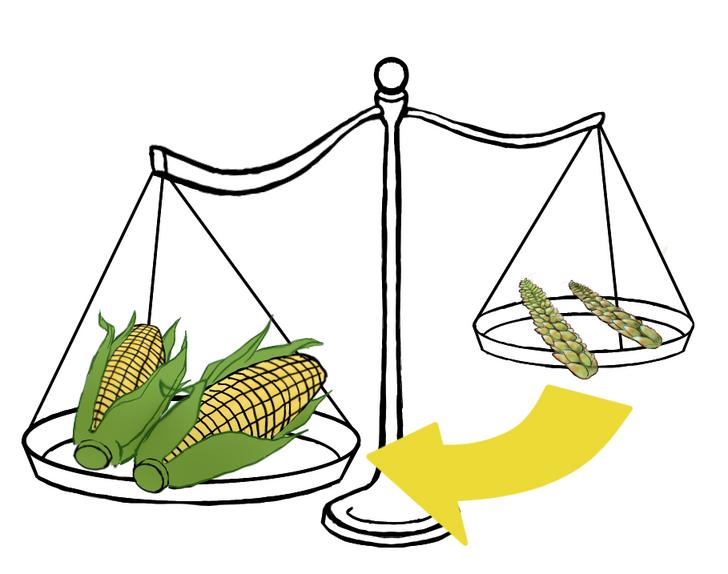
1 minute read
UNLOCKING THE POWER OF GENETIC ENGINEERING: THE FUTURE OF MEDICINE AND AGRICULTURE
from 2023 Biology Edition
by scienceholic
Author: Ayman Mohammed
Editors: Yanxi Chen and Angela Pan
Advertisement
Genetic engineering is a process that involves manipulating the genes of cells to produce specific traits or characteristics in an organism, often to improve certain features. Through this process, new cells and organisms can be created that possess a unique combination of traits that cannot be achieved naturally While genetic engineering has sparked controversy, it has the potential to bring numerous benefits to society, including improvements in agriculture, environmental protection, solutions to food shortages, the development of new treatments and medications, and more effective organ transplantation.
Genetic engineering is often seen as the next step in the evolution of agricultural techniques, building upon the traditional methods of selective breeding and crossbreeding of plants and animals. While traditional breeding methods rely on natural processes to combine the genes of different organisms, genetic engineering allows scientists to directly manipulate the genes of cells to create new combinations that would not occur naturally This allows biotechnicians to create a wide range of crops and improve the qualities of plants, such as increasing resistance to drought and pests and reducing the need for fertilizers. It also allows for the development of elite livestock and the cultivation of crops in smaller areas The potential benefits of genetic engineering in agriculture include increased crop yield, improved plant qualities, and greater environmental protection.
One of the main goals of modern researchers is to find ways to increase the production of crops, animals, and plants to address global food shortages and hunger. Through genetic engineering, scientists can modify plants and animals to create ealthier food by removing allergens and improving nutritional value By providing access to healthy, chemical-free food,









